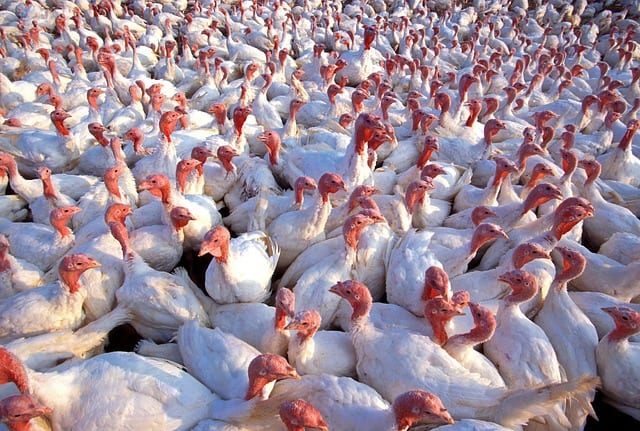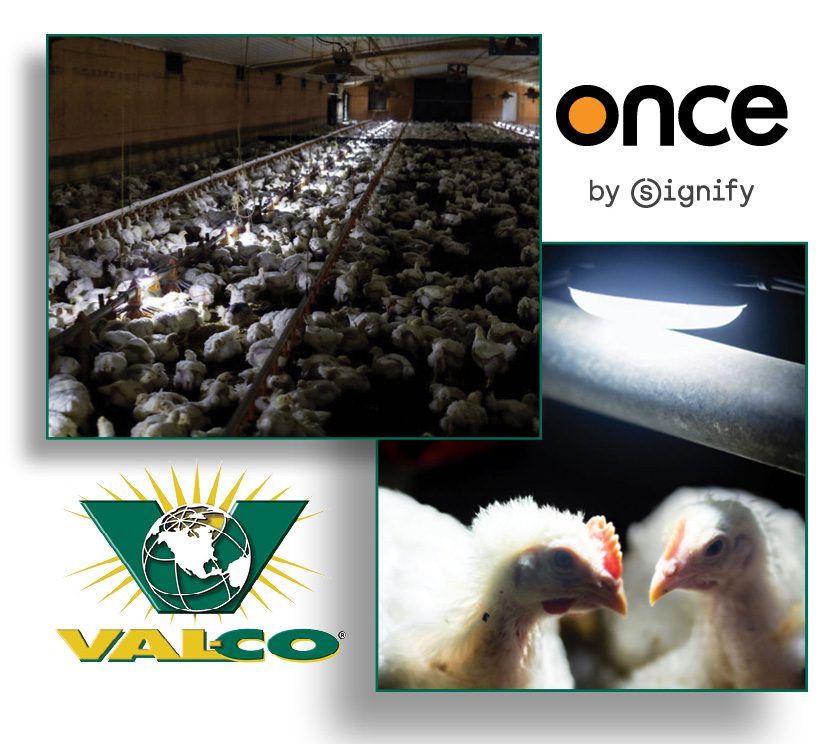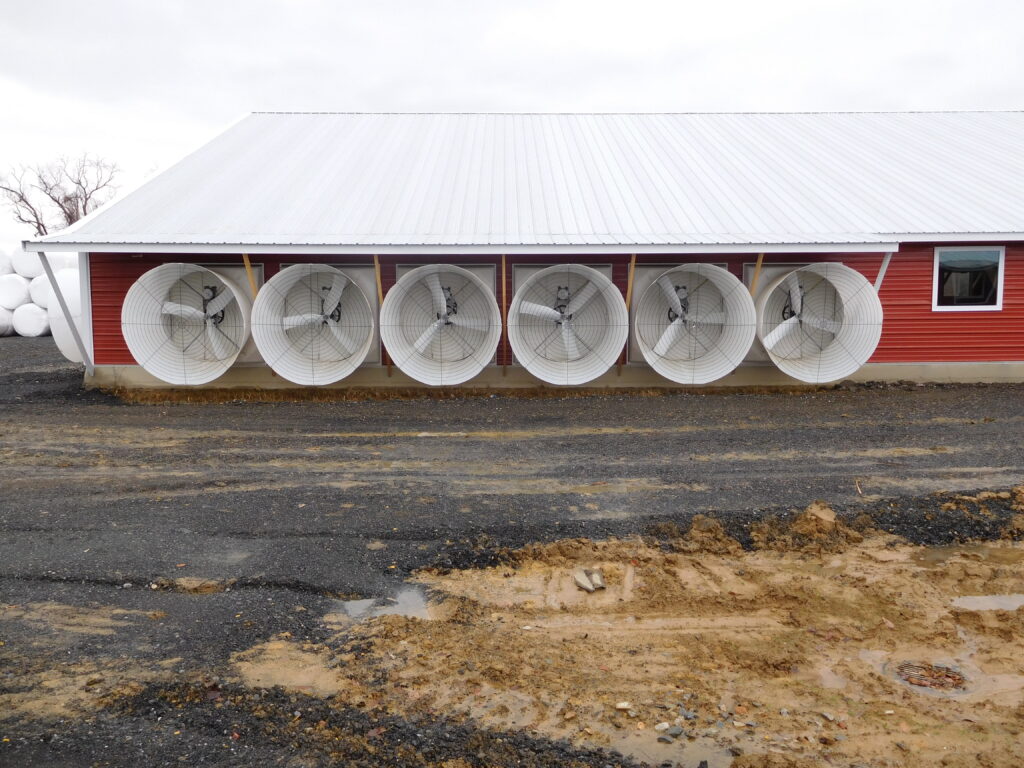Don’t Let Salmonella Ruin your Holiday
 When it comes to food safety, everyone has a roll to play. Farmers and integrators often work closely together to ensure that the birds live a healthy life and are processed in sanitary conditions. The entire food chain is designed to reduce salmonella contamination, but let’s face it, the fact is that live or uncooked poultry is going to have some traces of salmonella present. Growers and integrators have a responsibility to take precautions that ensure the level of contamination is reduced – and ultimately eliminated – prior to consumption, and so do consumer’s have a responsibility to protecting their own health through proper food handling.
When it comes to food safety, everyone has a roll to play. Farmers and integrators often work closely together to ensure that the birds live a healthy life and are processed in sanitary conditions. The entire food chain is designed to reduce salmonella contamination, but let’s face it, the fact is that live or uncooked poultry is going to have some traces of salmonella present. Growers and integrators have a responsibility to take precautions that ensure the level of contamination is reduced – and ultimately eliminated – prior to consumption, and so do consumer’s have a responsibility to protecting their own health through proper food handling.
Let’s look at how salmonella is managed.
A salmonella-free process starts long before the turkeys are hatched and arrive at their home for the next several weeks. Between flocks, growers should diligently and meticulously clean the farm. How? Wash and scrub the barn to ensure that all organic matter is removed. Flush and sanitize water lines to remove biofilm build up. Empty feed pans of leftover feed, then wash and sanitize them. Blow dust particles from fans, heaters, walls, and ceilings, as bacteria thrive in these areas. Remove and replace litter with fresh shavings, or use a litter treatment such as windrowing.
After the sanitation process is complete, the turkey integrators will bring in a team to visually inspect the process and take swabs from areas all over the house and test them to ensure these areas are within acceptable ranges. Once the farm passes inspection, the turkeys arrive where they are cared for and given good clean feed, water, and air to breathe.
By completing this process, the salmonella levels are greatly reduced prior to the turkeys ever arriving at the farm, significantly reducing their exposure. To further decrease a turkey poult’s susceptibility, integrators issue salmonella vaccinations. There are two options for vaccination.
As noted in this article, the first option is to vaccinate the breeder flocks with Inactivated Vaccines, or “killed vaccines”. This allows immunity to pass from the hen/mother turkey to the poult through a process known as “vertical transmission”. The second option is to administer a Live Vaccine to the poults on the day they hatch. This can help fight off any salmonella they may come in contact with while their immune system is developing.
Finally, integrators monitor salmonella levels within the processing plant once the turkeys arrive for slaughter. Internal teams, along with USDA, monitor salmonella at multiple points within the process to ensure levels are meeting the scientific standards. Also, similar to the measures taken by farmers, there are verified sanitation steps that take place daily to ensure the final product is not introduced to salmonella during these final steps prior to being shipped to the grocery stores, restaurants, and other marketable platforms.
Most importantly, to ensure there are no food-borne illnesses stemming from salmonella exposure, is for the consumer to prepare their meal in a manner that meets the scientific guidelines. For turkey (poultry the meat should have an internal temperature of at least 165ᵒ F as Salmonella cannot survive at this temperature.
So, this Holiday Season, as we enjoy the wonderful turkey that we have been blessed with, let’s take a moment to thank all of those who have dedicated their lives to ensuring that salmonella doesn’t ruin anyone’s holiday.



